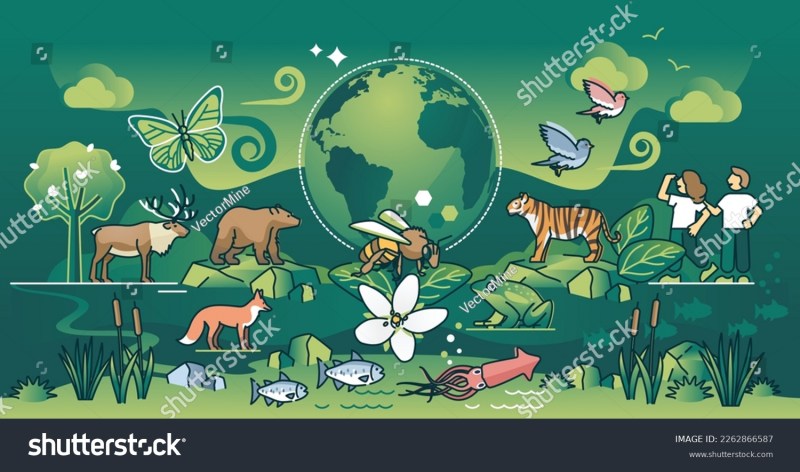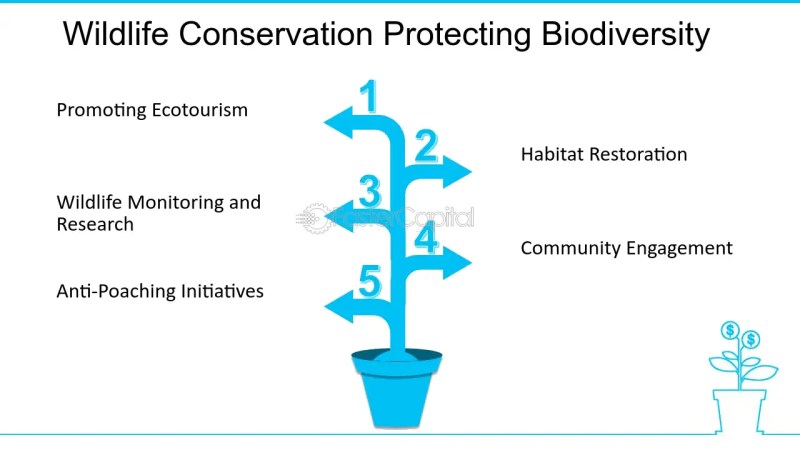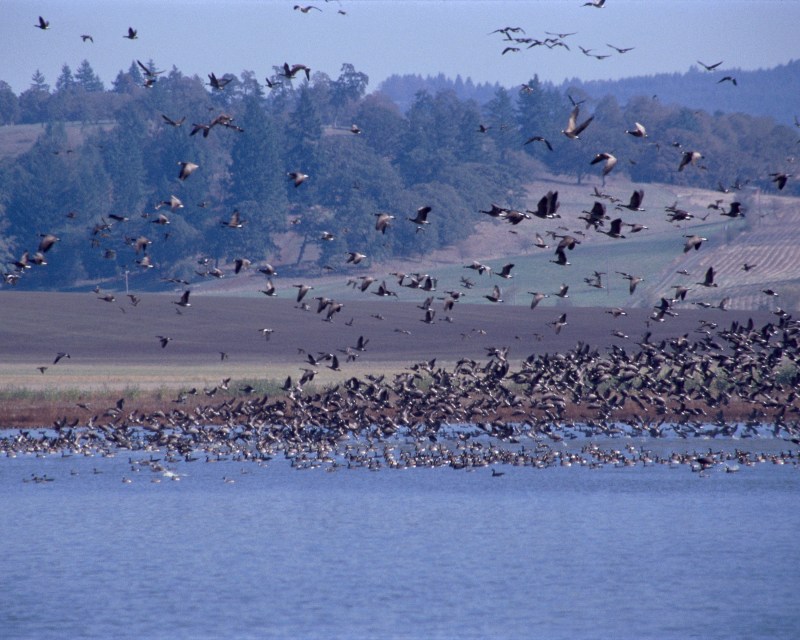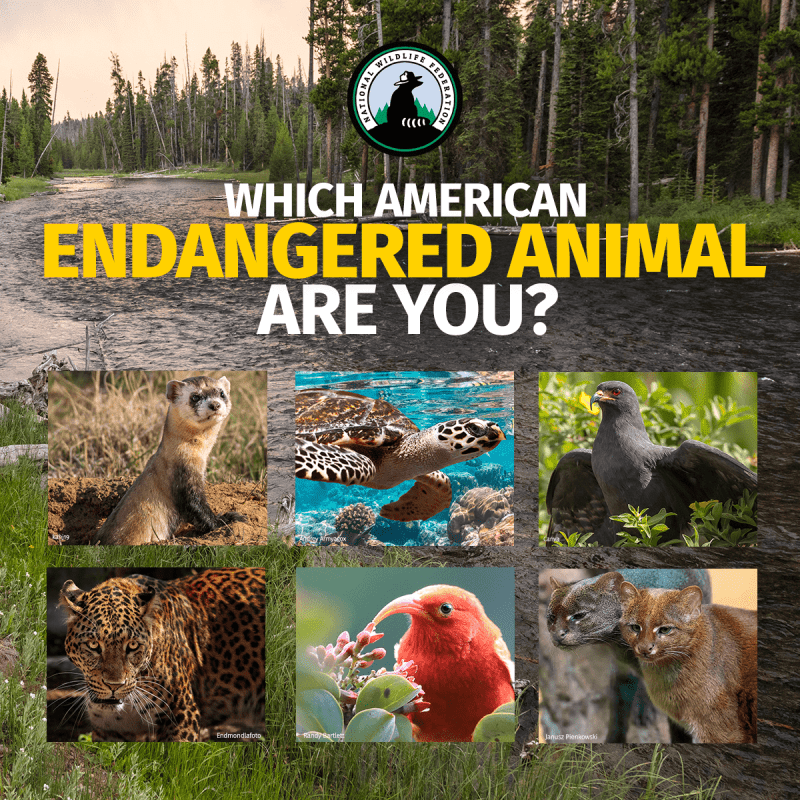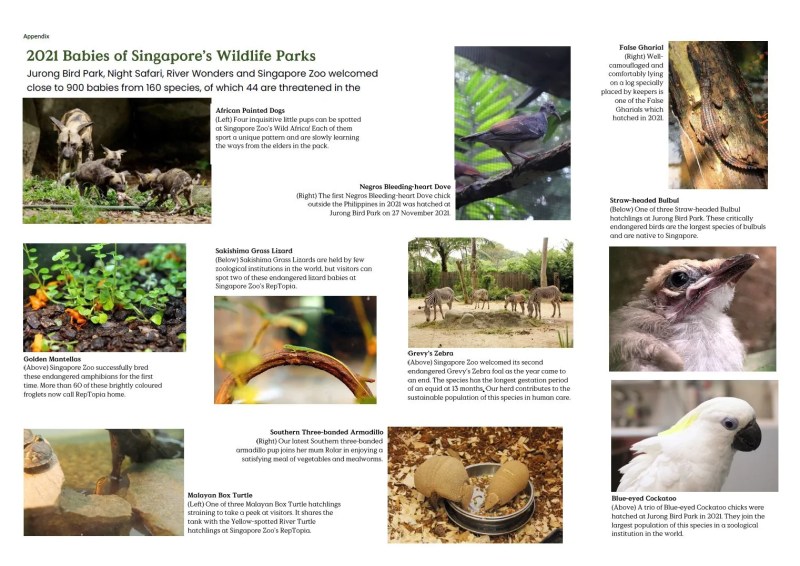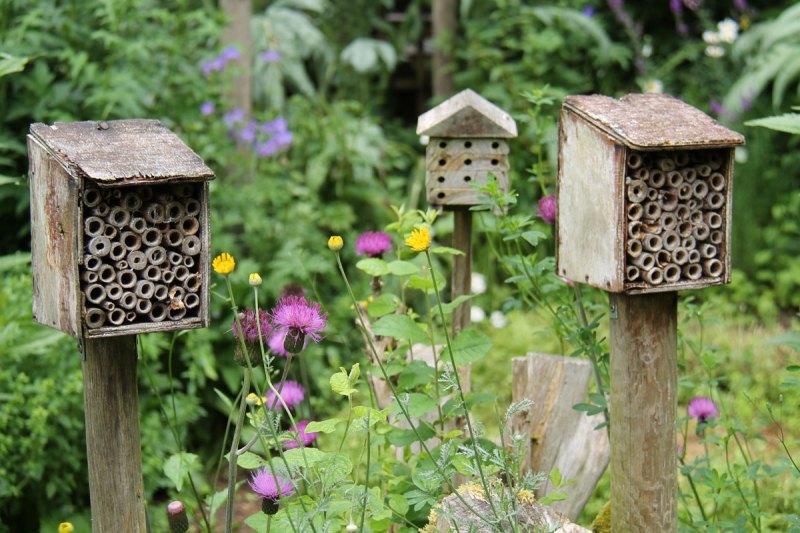Protecting Wildlife Habitats – The world’s wildlife habitats are under unprecedented assault from urbanization, deforestation, climate change, and human encroachment. These difficulties pose a threat to the health of entire ecosystems as well as the existence of numerous species. For animals to survive and for the natural surroundings of our world to remain in balance, these habitats must be preserved and restored. This article examines several tactics and programs meant to protect animal habitats, with an emphasis on a conservation effort close to Karnataka, India’s Ram Durga Valley.
Table of Contents
ToggleThe Ram Durga Valley Conservation Project
Situated in Koppal, Karnataka’s Gangavati Taluk, the Ram Durga Valley is a biodiverse area. Many endangered species may be found there, including pangolins, sloth bears, tortoises, wolves, yellow-throated bulbuls, and leopards. Regrettably, local groups’ ceremonial hunting, encroachment, illicit mining, and deforestation have put this region in grave jeopardy. An Indian conservation organization called Wildlife SOS set out on a quest to save and restore this important area after realizing how urgently action was needed.

Wildlife SOS purchased around 40 hectares of property close to Ram Durga hamlet in 2006 with the intention of establishing a natural corridor to facilitate the free movement of endangered animals between their fragmented habitats and the bigger forest reserve. This program attempted to preserve the integrity of the ecosystem overall in addition to safeguarding species.
Habitat Restoration Efforts
With the kind assistance of Bharat Heavy Electricals Limited (BHEL), a state-owned engineering and manufacturing corporation headquartered in Chennai, the Ram Durga Valley conservation project was expanded in April 2012. An extra 10 hectares of land needed to be restored as part of the project, with an emphasis on replanting using native tree and shrub species.
Specialists in horticulture chose carefully which plants would thrive in the area. Mahua, Neem, Arjuna, Mango, Amla, Indian Beech, Bamboo, Banyan, Jamun, and Fig trees were among the almost 10,000 saplings planted. These plants were picked because of their capacity to support local wildlife by offering food and shelter, in addition to their ecological significance.
An extensive irrigation infrastructure was put in place to guarantee the success of the forestry works. Water for the recently planted seedlings and protection from animals and other hazards were provided via the installation of a solar-powered electric fence, a drip irrigation system, and a borehole. An amazing 90% of the planted seedlings survived within two to three years, demonstrating the success of these efforts.
The seedlings’ quick development served as evidence of the project’s effectiveness. Once just a few feet tall, seedlings reached an average height of eight feet or more, with trunks as wide as eight or nine inches. Wildlife species that had previously left the region started to reappear as the forest started to regrow, indicating the beginnings of ecological recovery.
Engaging Local Communities
The active participation of local residents was one of the main components of the conservation effort for Ram Durga Valley. Wildlife SOS understood that community members who reside in and near protected areas must support and participate in sustainable conservation activities. The group was able to cultivate a feeling of environmental stewardship and responsibility by empowering and educating local people.

Members of the local community worked on the project in a variety of capacities, from planting and maintaining the new forest to monitoring the area to stop illicit activity. In addition to helping to preserve the ecosystem, this strategy gave those who may have otherwise engaged in environmentally harmful activities a another source of income.
The Broader Impact of Habitat Conservation
The Ram Durga Valley project’s success serves as a reminder of the wider significance of habitat protection for maintaining biodiversity and safeguarding endangered species. Conservationists can contribute to the long-term sustainability of animal populations by repairing habitats and establishing corridors that link disparate ecosystems.
In this endeavor, protected places such as national parks, animal sanctuaries, and nature reserves are essential. These places offer sanctuary to animals that may otherwise be in danger because of human activity. For instance, the world’s biggest coral reef system is protected by Australia’s Great Barrier Reef Marine Park, one of the most well-known protected places in the world. There is an incredible variety of marine life in this marine park, including species that are unique to our planet.
On the other hand, creating protected places is insufficient on its own. Sufficient conservation necessitates continuous oversight, enforcement, and administration to guarantee that these spaces continue to be secure for fauna. At this point, community engagement becomes crucial, as demonstrated by the Ram Durga Valley initiative. Conservation groups may develop lasting solutions that benefit both people and animals by collaborating with local populations.
Challenges and Future Directions
The battle to save animal habitats is far from over, despite the achievements of initiatives like the Ram Durga Valley conservation campaign. For protected areas, illicit activities like mining, logging, and poaching continue to be major dangers. Furthermore, because of altered ecosystems and the need for species to adapt to new circumstances or risk extinction, climate change is making these challenges even more severe.

The conservation movement has to keep changing in order to meet these problems. This entails enhancing the administration of already-existing protected areas in addition to growing their network. Drones and other technological advancements like remote sensing can help monitor and protect environments more successfully. Furthermore, because many species are impacted by global environmental changes and traverse national borders, there is an increasing awareness of the necessity of international cooperation in conservation efforts.
Increasing awareness and educating people are also essential aspects of conservation. Conservation groups can gain more support for their work by raising public awareness of the value of animal habitats and the risks they face. This involves involving the next generation in educational initiatives that foster environmental responsibility at a young age.
Conclusion
The survival of numerous species and the preservation of the planet’s biodiversity depend on the protection of natural habitats. A compelling illustration of how community engagement and focused restoration efforts may have a major beneficial impact on ecosystems and species is the Ram Durga Valley conservation project in Karnataka. But conservation is an ongoing endeavor. Our dedication to preserving nature must develop along with the demands that humans place on the environment.
We can strive toward a future where humans and animals may coexist peacefully by adopting creative methods to conservation, growing protected areas, and involving local communities. While the accomplishments of initiatives like as Ram Durga Valley provide encouragement and optimism, they also highlight the necessity of ongoing awareness and action to protect the planet’s limited natural resources.
- Wildlife Conservation Initiatives: A Critical Overview - September 4, 2024
- 3 Program Endangered Species Protection - September 4, 2024
- Threatened Wildlife Species in 2024 - September 4, 2024

